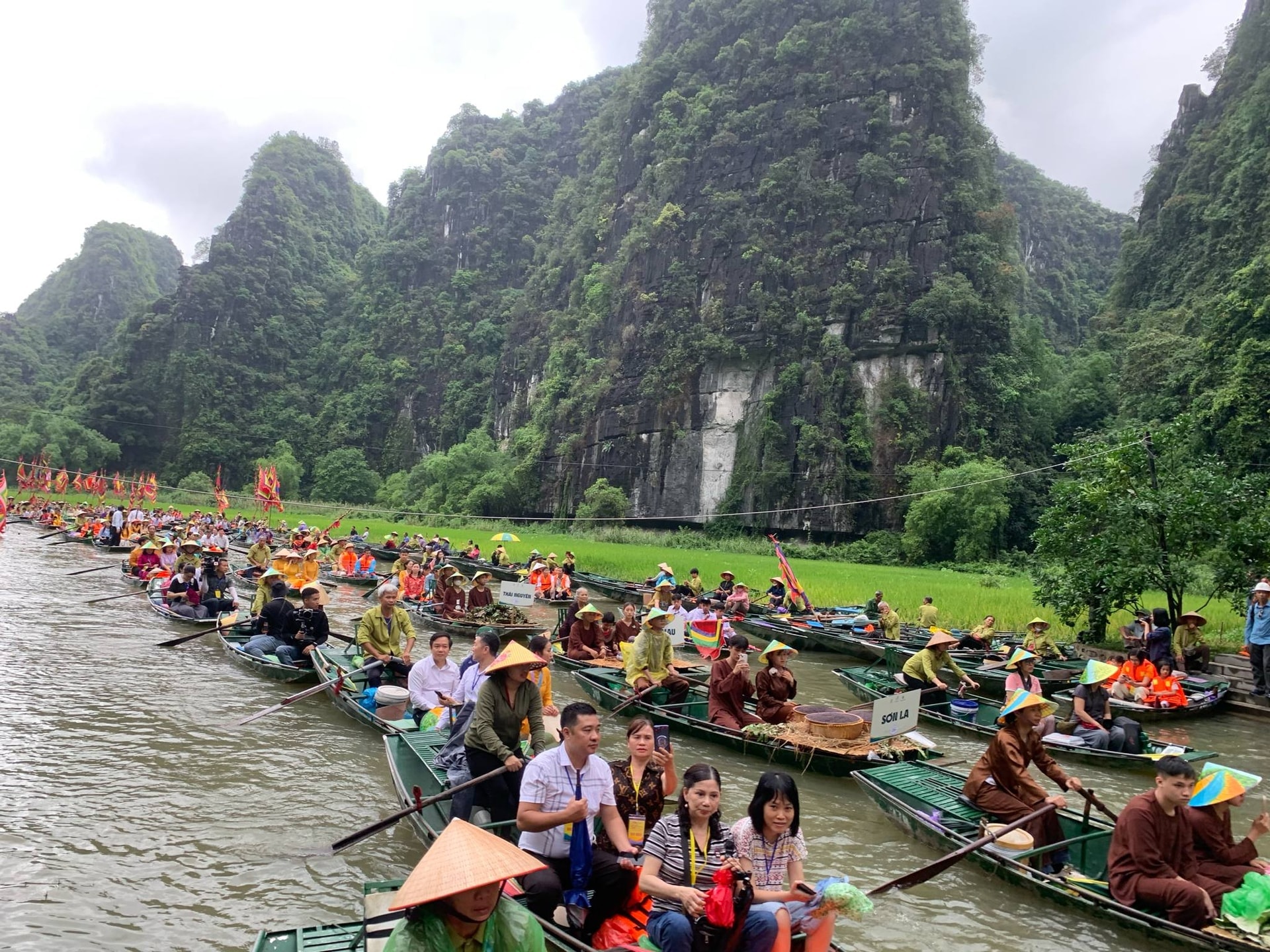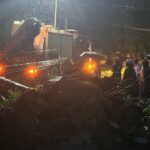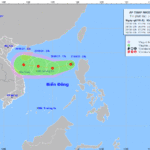Regarding the boat congestion incident at Tam Coc Tourist Area (Ninh Binh Province) on July 19 during a severe thunderstorm, the provincial Department of Tourism stated on July 20 that immediately after the incident, they directed the management board to carry out rescue operations, ensuring all passengers and boats returned safely to the dock with no injuries reported.
According to the Ninh Binh Department of Tourism, the management board mobilized three motorboats to rescue approximately 90 passengers. However, due to the 3km distance from the stranded boats to the dock, multiple trips were required. The rescue team prioritized elderly tourists, children, and international visitors, which caused frustration among some passengers rescued later. This was the first incident at Tam Coc Tourist Area caused by unexpected weather conditions.
Earlier, some online sources reported that a group of tourists was stranded due to heavy rain and strong winds while visiting Tam Coc Tourist Area. The Ninh Binh Department of Tourism clarified that claims of tourists being stranded during a boat tour on the afternoon of July 19 were inaccurate. By that evening, all tourists had safely returned to the dock.
As of the morning of July 20, tourist activities resumed normally. In preparation for Typhoon Wipha (Storm No. 3), the Ninh Binh Department of Tourism issued directives urging tourist sites to implement timely and effective storm and flood prevention measures, prioritizing visitor safety and avoiding complacency. During severe weather, tours must be suspended immediately, with timely notifications to tourists, travel agencies, and authorities.
Facilities must deploy rescue personnel and equipment at key locations, publicize hotline numbers, install sufficient warning signs, conduct emergency response training for staff, and coordinate closely with authorities.
Hotels, restaurants, and other service providers must monitor weather conditions and develop appropriate storm response plans.
Facilities should inspect and reinforce infrastructure to ensure visitor and staff safety, stock essential supplies, and arrange 24/7 staffing during the storm. They must also provide timely weather updates, safety guidelines, emergency contact numbers, and coordinate with local authorities if incidents occur.






